Tokyo Reunion
I began my sophomore year of high
school at the American School In Japan (ASIJ) when in 1964 my family
moved to Tokyo, Japan. The high school section of ASIJ, at that
time, had approximately 400 students, making us a pretty close knit
group. The class of 1966 planned to have their 50th
reunion this year in Tokyo in April and the invitation was extended
to all the alumni of that era. I hadn't visited Japan since the 70's
and the opportunity to experience Tokyo again with old classmates was
one I couldn't pass up.
The major cost would be the airfare so
it made sense for me to spend some additional time traveling in
Japan. I would focus on central Honshu for its easy access from
Tokyo, and visit an area I had not visited previously. Ten days
would be spent in Matsumoto, the Kiso Valley, Takayama and Kimikochi.
And all of my belongings would have to fit into a day-pack and a
small handbag, allowing easy access on and off transportation and to
accommodations.
Normally when I travel, a basic
itinerary is planned but no advance reservations made, except for
perhaps the first night. Due to the limited amount of time, and the
fact the dates would coincide with one of Japan's busiest travel
periods, all my accommodations were booked in advance. I would
mostly stay in hostels where I could mingle with other travelers,
pick up travel tips, and have access to cooking facilities.
Upon arrival at Narita Airport, I called my Air Bnb host who picked me up and took me to his house close to the airport. While at Hiroshi's I got my first look at the new and improved Japanese toilet. The first time I used one I couldn't figure out how to flush the toilet. Along the side were all kinds of buttons but none flushed the toilet. Embarrassed, I asked Hiroshi's wife and she pointed to the standard flush handle on the tank. OK. Then, the other guest asked me what I thought of the fountain on top of the tank. Of course he would notice since he would be facing the tank, but sitting I hadn't noticed. When I did, I observed what would be standard on many toilets, a hand washing fountain that flowed while the tank was being filled up. Eventually, I got to know the meaning of the various buttons on the side. Two were for the different bidet flow types, another for the temperature of the seat and the others, I still don't know. You have to remember, when I lived in Japan, most public toilets were squat types. Now, compared to US toilets, they are way ahead of us!
The reunion took place over the course
of four days and included a full day at ASIJ. Days were left open
(except the day at ASIJ) and events planned for the evenings. In
Tokyo, I shared an Air BnB with my friend Anna who lives in Portland,
OR and who has been a great help on my PCT hikes.
After 49 years (wow!) there have been
many changes to Tokyo. Like most major cities, older buildings have
been torn down and replaced with larger structures. The Air BnB was
in Sibuya, an area I had lived in my first year in Tokyo. I had
tried to find the house on a visit in the early 70's but it had
already been torn down and a department store built in its place.
On my first day taking the subway I
must have looked lost, because an older Japanese man (older, probably
my age) approached and asked me in English if I needed any help.
What a surprise! And later that same day a younger Japanese man
asked if he could help, something I was not accustomed to in Japan.
Maybe it's because now I have gray hair and as an older woman get
more respect.
The day of the visit to ASIJ the group
took the train, then walked the short distance to the school.
Nothing was familiar to me. The school is now totally enclosed by a
large fence and there's a new grand entrance with a guard shack to
greet visitors. Once inside the old memories started to flood back.
The visit included a tour of the
school, a discussion on students who spend years living abroad then
returning to the states, and lunch in the cafeteria. I had an
opportunity to visit the World History class. Sitting in that class
made me all the more conscious of how my perspective of the world has
changed after fifty years of life experiences and world travels. I
was clueless back then.
The school musical, cleverly titled
“School Musical”, was being performed that evening and we were
invited to attend. They did a great job. Then the school provided
us with transportation back into Tokyo on the school buses, reliving
all those mornings and afternoons commuting to school on the bus.
The last day of the reunion was
Saturday, April 22, and Anna and I were walking to Meiji shrine,
located close to our Air Bnb. We noticed that an Earth Day
celebration was taking place at the 1964 Olympic Village site. For
obvious reasons there was a large focus on nuclear power plants. I
remember celebrating the first Earth Day at the UC Irvine campus in
1970.
I was hoping to find someone to travel
with, but the few alumni I reached out to, had their own schedules to
work around. Anna came five days prior to the reunion and returned
home the day I left to start my travels. Since I've traveled many
miles on my own doing so again was easy.
The Sunday after the reunion I departed
for my first destination, Matsumoto, a 5 hour train ride (not a
bullet train) from Tokyo. The valley skyline is dominated by the
Japanese Alps to the west. The region is famous for delicious
apples, soba (buckwheat noodles), and the largest wasabi farm in
Japan. It is the birth place of the contemporary artist Yayoi Kusama
as well as the Suzuki music method.
Beyond Tokyo, Osaka, and Kyoto, there
are many cities in Japan with long and rich histories, and typical
castle towns. They were once the stronghold of a powerful family, and
a center of commerce and culture for a whole region. Every one of
these cities has a unique character, even to this day. Matsumoto has
one of Japan's top 3 castles, and the main reason for my visit.
Matsumoto Castle, a 16th-century
stronghold, is nicknamed “Crow Castle” for its distinctive black
outside walls. It's a “hirajiro” castle, one built on a plain
rather than on a hill or mountain. Construction of the castle
started 1504, was restructured from 1593-4, and finally completed in
1614.The castle was built purely for military purposes and not as a
full-time residence. The openings in the walls were for arrows
(yazama), guns (teppozama) and for dropping large stones
(ishiotoshi). The castle has six stories, including a hidden floor
where the samurai warriors could rest, store their food and keep
their powder dry.
I learned from the hostel that the city
loans bikes for free, so I took advantage of having wheels to take in
a lot more than would be possible by walking. In addition to
visiting the castle, I rode up to Joyama Park to get a view of the
city and valley, toured Nakamachi Street with its old white-walled
merchant houses reminiscent of a bygone Japan, and went out of town
to the Japan Ukiyo-e wood-block print museum. Unfortunately the
museum was closed due to a holiday but the ride through the rural
area was worth the effort.
Large supermarkets did not exist when I
lived in Japan, and shopping was something the maid did, so it was a
new experience to shop for my own meals. Like so many of our super
markets there was a lot of space devoted to prepared meals. It was a
surprise to not be able to use my credit card as much as I had
anticipated, which caused me some problems as I didn't bring a lot of
US cash. Luckily Anna had extra cash before returning home and I was
able to borrow US cash from her before leaving Tokyo.
The Kiso Valley, located south of
Matsumoto, runs alongside the mountains of the Central Alps. An
ancient 70 km trade route called the Kisoji was developed along the
valley and served as a major means of commerce in the area.
The Kisoji had become very important by
the beginning of the Edo Period (1603-1868), when it was amalgamated
with other routes in the formation of the 500 km long Nakasendo. The
Nakasendo ("path through mountains") was one of the two
means of transportation between Edo (present day Tokyo) and Kyoto. It
contrasted with the other principal transportation route of the time,
the Tokaido, which ran along the coast. Coincidentally, Takaido was
the name of the first bullet train.
Because of restrictions by the
shogunate, travelers were almost always forced to make their trips on
foot. As a result, 69 "post towns" were developed, spaced
every few kilometers, to provide travelers with places to rest, eat,
and find nightly accommodation during their arduous journey. The
Kiso Valley has 11 of the post towns and today a few, particularly
Magome, Tsumago and Narai, have been preserved to look as they did
when they served travelers of the Nakasendo. Old inns are scattered
along the old curving streets, much as they had been in the Edo
period.
I took an early morning train from
Matsumoto, arriving in Nagiso at 10:00 am where I would start a 20 km
walk along a portion of the Nakasendo to Magome. I had been watching
the weather very closely and, in between days of rain, the day
planned for the hike turned out to be perfect, sunny but not too
warm.
The first people I encountered were at
the Nagiso train station, where a group of Americans had spent two
weeks walking the Nakasendo. I was jealous of course, but I also
knew that a large portion of the route was along paved roads and
through large towns. During the first 10 km I encountered only a few
people, all walking in the opposite direction from me. At Magome
Pass I ran into several small groups of various nationalities, but
mostly I was on my own. By the time I reached the town of Magome the
tour buses were arriving and the small streets became crowded with
tourists.
My plan was to walk a few kilometers
beyond Magome then catch a bus to the town of Nakatsugawa where I had
a hotel reservation. Somewhere along the way I missed a turn and
ended up on a small road amongst small farms, with no traffic, and no
signs of the Nakasendo. Along came a small pickup truck driven by an
older gentleman (again, probably my age!) who I promptly flagged
down. The lack of a common language was making communication
difficult but he called a friend on his cell phone who spoke English.
It was decided that he would give me a ride to the Nakatsugawa train
station, about 10 km away, where I could get a bus to my hotel. A
nice end to a good day.
The following morning I took the train
to Takayama, set in an isolated mountain location, which had
facilitated the survival of unspoiled Edo-period streets lined with
tiny shops, museums, and eating places. Its pure water is ideal for
sake brewing. The Sanno-machi historic district consists of three
narrow streets packed with wooden buildings housing sake breweries,
little boutiques, and some of the larger merchants’ houses, many
open for display, along with many small museums.
When one of the hostel personnel heard
I had lived in Japan in the 60's he recommended the Shōwa-Kan (Shōwa
Era 1926 - 1989), a museum of memorabilia, with many items from the
50's and 60's. The cars, motorcycles, cameras, TVs and electronics
brought back many memories of my time in Japan.
The city is famed for its bi-annual
Takayama Festival, considered to be one of the three most beautiful
festivals in Japan. It is celebrated each year in the spring and
fall, with parades featuring ornate, gilded floats and puppet shows.
The floats themselves are a testament to the region’s history and
are a chance to see the culmination of hundreds of year worth of
artistry and craftsmanship.
The thirteen floats are stored in their
own garages located throughout the city and are brought out during
the festival. Three of the floats display the antics of Takayama's
marionette. During my stay, the marionette float garages were opened
and, at set times during a two day period, the marionettes performed.
Unfortunately the narrow streets were so crowded that viewing the
marionettes was impossible. Fortunately the Museum of History and
Art had films of the marionettes performing during the actual
festival.
Every morning a farmer’s market is
held along the Miya River and in front of Takayama Jinya. Local
farmers and craftsmen sell everything from vegetables and pickles to
carvings and clothes.
Higashiyama Teramachi (temple district)
consists of thirteen temples and five shrines located along an
esplanade lined with trees. Every temple or shrine contains
interesting buildings, many with fine statues and other treasured art
objects. It's easy to see why Takayama is called the “little
Kyoto”.
The major reason for coming to the
Takayama area was to visit Shirakawago, a UNESCO World Heritage site.
The secluded snowy mountain village retains it's historic landscape
with some 150 traditional vernacular farmhouse-style houses called
Grassho-zukuri. Measuring 18 meters long, 10 meters wide, and four
stories inside, the huge buildings could house a large number of
family members. To withstand the weight of heavy snow, the roof is
at a sharp angle, shaped like that of two hands in prayer to God or
Buddha, the act called Gassho in Japanese. The Gassho-zukuri-style
roofs are re-thatched once every 40-50 years, with three or four
roofs re-thatched each year with the cooperation of the whole
village.
A visit to Shirakawago requires a long
bus ride through almost all tunnels, so one could not see much of the
landscape. The least expensive way to visit is with one of the local
tours which allow four hours to look around before heading back to
Takayama through all those tunnels. Taking buses on your own was
more expensive and didn't allow much more time unless spending a
night in one of the expensive minishuku, Japanese BnBs. The thought
of walking around with hundreds of other tourists, always a popular
destination, in the rain just didn't appeal to me.
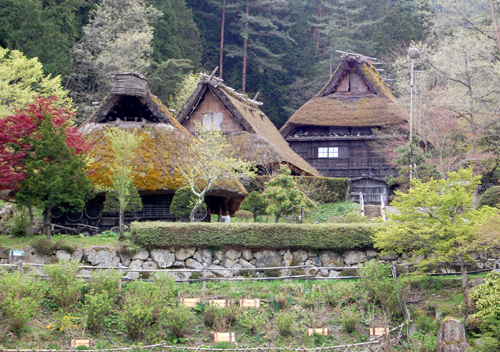
Instead I opted to visit the local Hida
Folk Village, also known as Hida-no-Sato, an attractive open-air
museum assembled from real buildings that effectively recreates an
entire traditional mountain village. The folk village included more
than 30 traditional farmhouses and buildings, many of which were
transported from other parts of the region. Each has been preserved
in its original state, including artifacts related to the life and
work of the owners, with certain houses set aside for use as craft
workshops. I was able spend as much time as I wanted walking around
with very few other tourists.
From Takayama I began the journey back
to Tokyo traveling through the Japanese Alps with a stop in
Kamikochi, a major center for hiking and mountaineering. The road
into the valley is only open from late April until November 15th
and no private cars are allowed. I stayed at Nishi-itoya Sanso in a
Japanese female dorm room, which I had to myself, with breakfast and
dinner included. The only other westerner staying at the inn was a
young man from Israel.
Kamikochi lies in a highland basin
surrounded by the high and steep Japan Alps, and is within the Chubu
Sangaku National Park. The basin spreads out along the Azusa River
that flows down from Mt. Yarigatake. One of the most scenic mountain
spots in the country, Kamikochi is known for its magnificent mountain
views, scattered lakes and the clear waters of Azusa River.
Park facilities include two camping
areas, a number of hotels (western-style and traditional Japanese
ryokan), a post office, a tourist information center, restaurant and
bus depot.
Walter Weston, a British missionary who
introduced modern mountaineering to Japan, first visited Kamikochi in
1891, and repeatedly came back to climb the surrounding peaks. In
1896, while on a temporarily stay in Britain he published "Japan
Alps -Climbing and Exploration-," which introduced the mountains
of Japan to people in Europe for the first time.
Thanks to Weston's efforts,
mountaineering as a sport spread in Japan, and through his lobbying
efforts has preserved the Kamikochi area. Today, the Weston
Festival is held on the first Sunday of June at the beginning of the
mountain-climbing season, when many mountain-lovers trace the same
trails crossing the ridges as Weston had in his day.
I took an early morning bus from
Takayama to Kamikochi, and arrived about noon. Walking from the bus
station to the hostel I noticed a large crowd at the river's edge.
As I approached, the reason became apparent. Snow monkeys, the only
ones I'd see during my stay, were foraging along the river. Once
checked into the hostel I walked 7 kilometers of the south trail up
the valley along the Azusa River. That night, at 1,500 meters
elevation, there was definitely a chill in the air.
The next morning I hiked the other side
of the river. The wind began to pick up and intermittent rain showers
began. I left on the 1:00 pm bus out of the valley then transferred
to the train into Matsumoto, where I'd again spend a night, this time
staying at a Japanese Inn. The next morning I took the bus back to
Tokyo. It was faster and cheaper than the train, a tip I learned
during my first stay in Matsumoto while at the hostel.
Originally my last night was going to
be close the the airport at an Air BnB but I was invited by my
Japanese friend Deko to have dinner before leaving. Luckily I was
able to change my plans and found a hostel only 2 stops from our
meeting spot. It was nice to spend my last night in Japan, visiting
and enjoying a great meal with Deko. Thank you Deko!


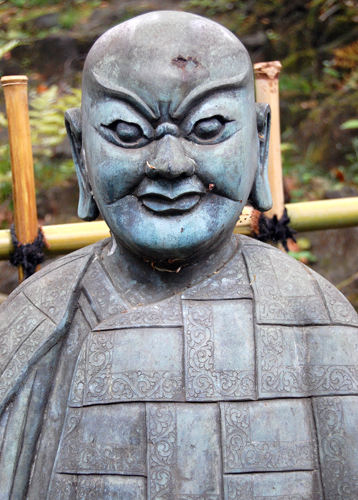
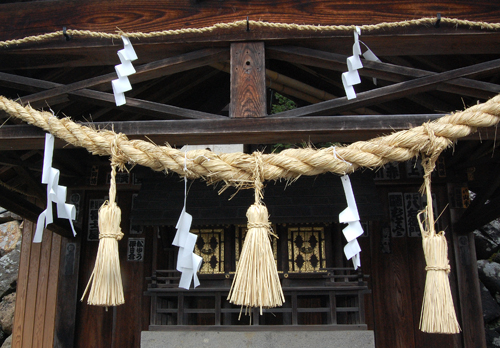
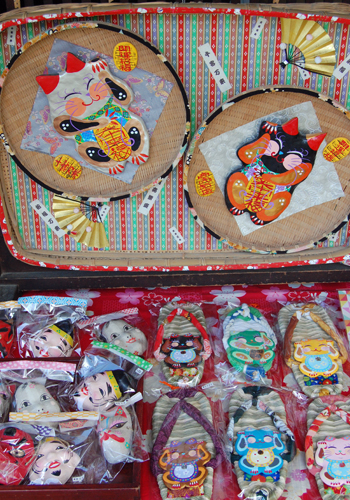
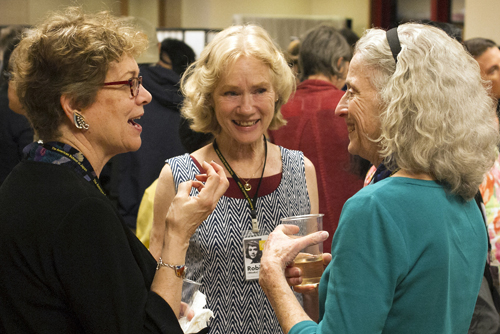
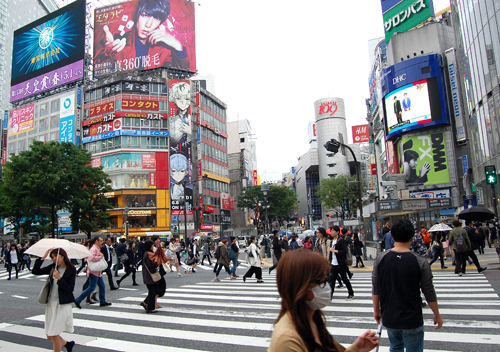
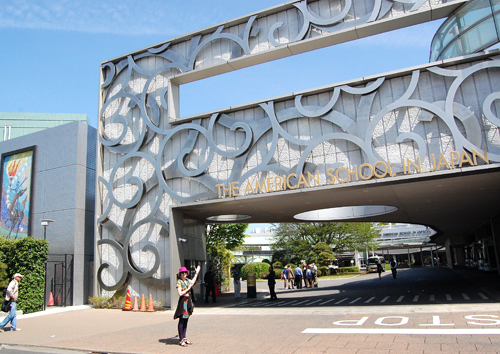
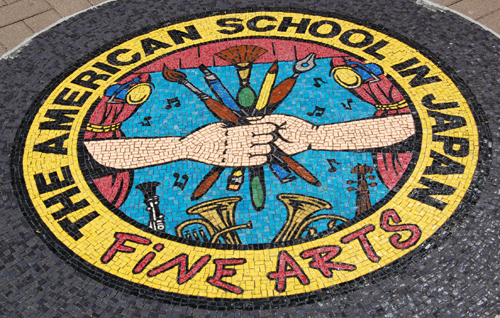

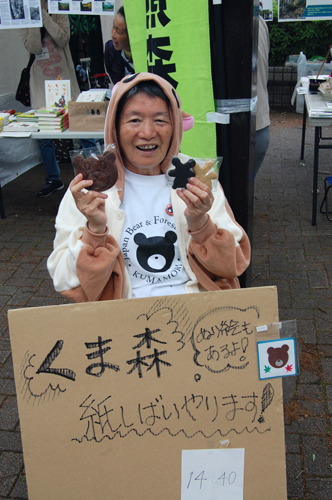
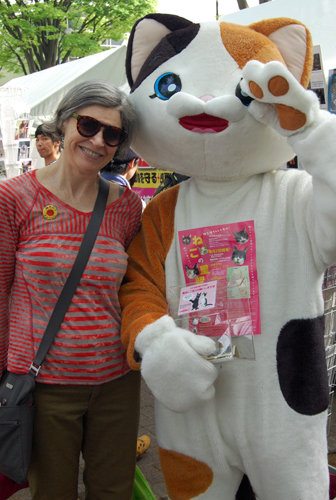
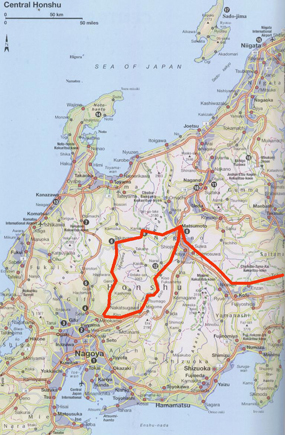
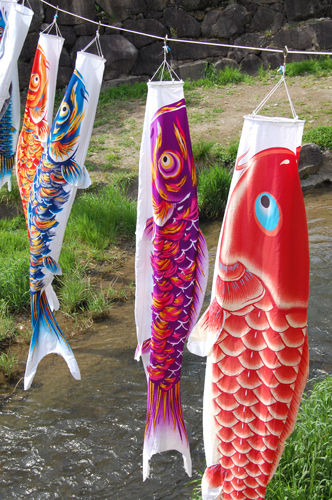
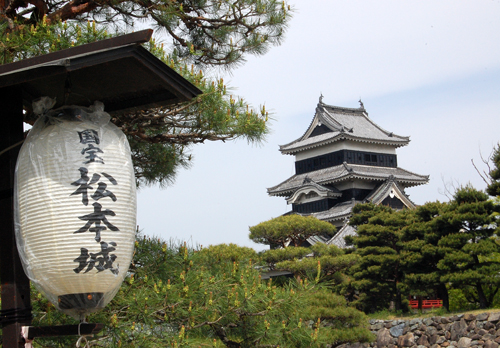
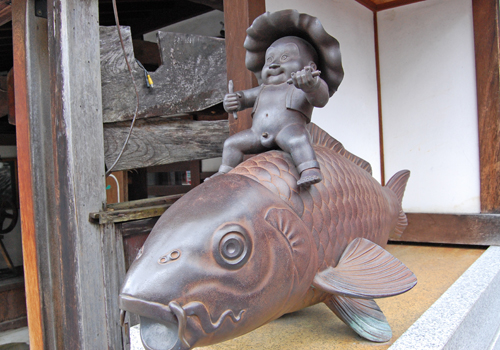


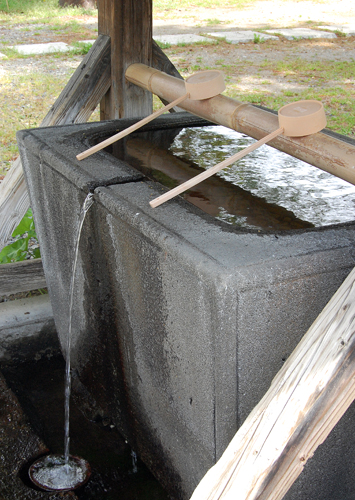
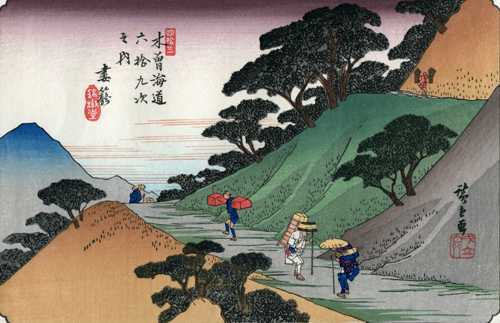
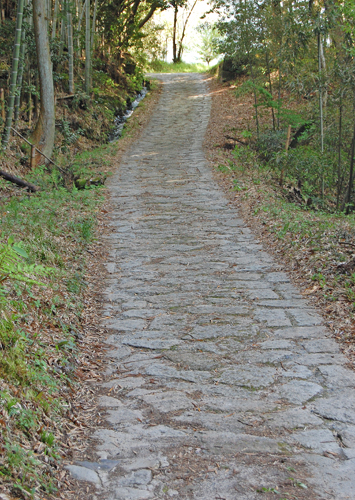
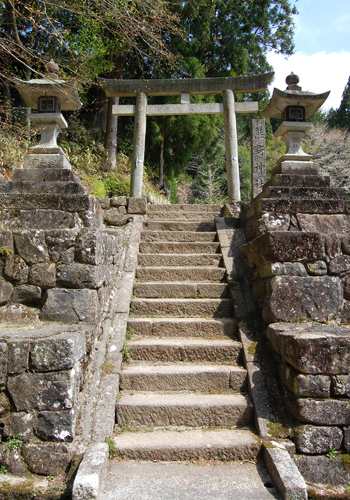
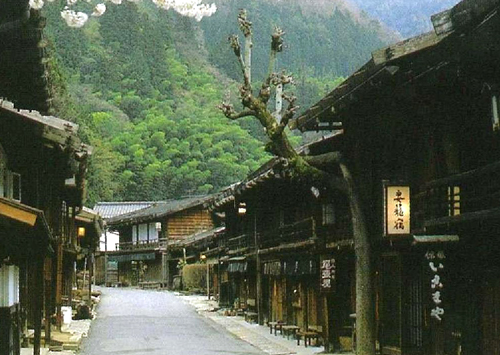
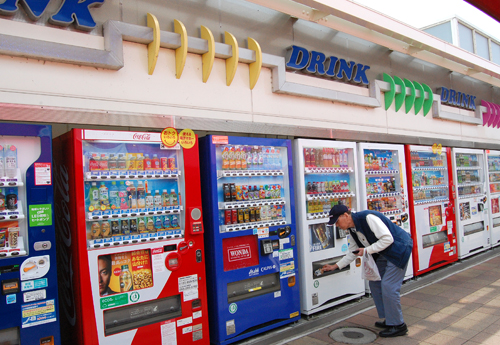
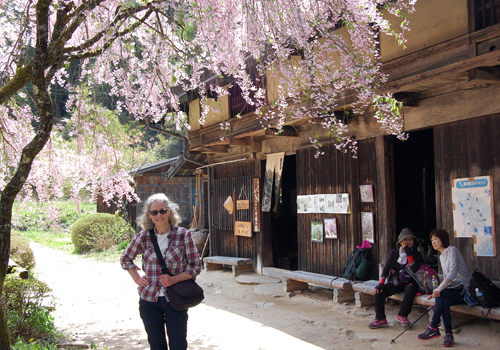
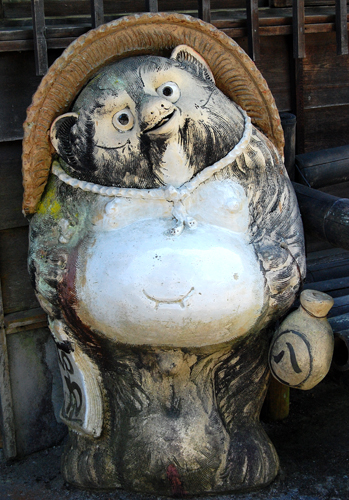
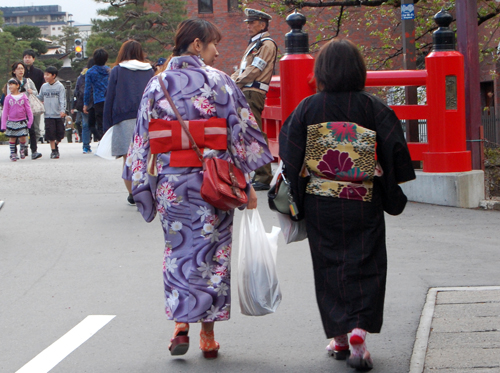
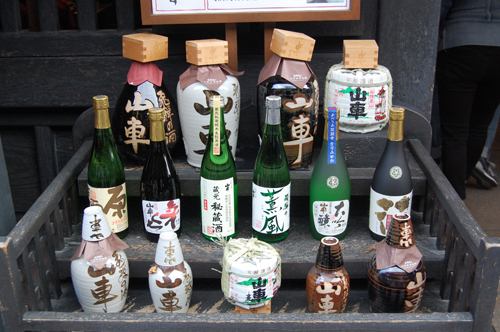
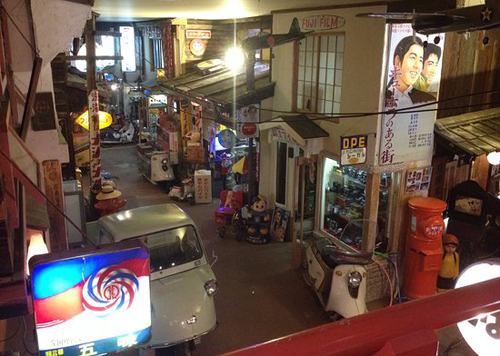
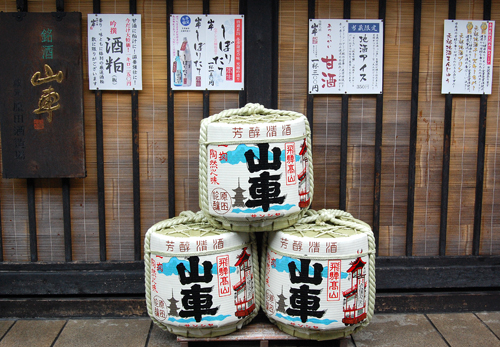
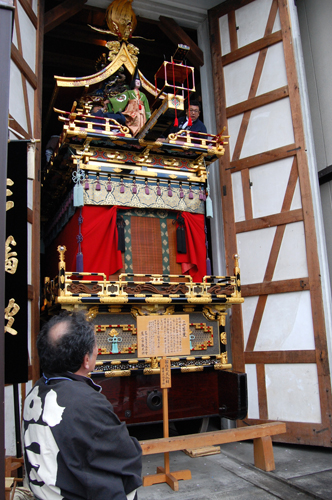
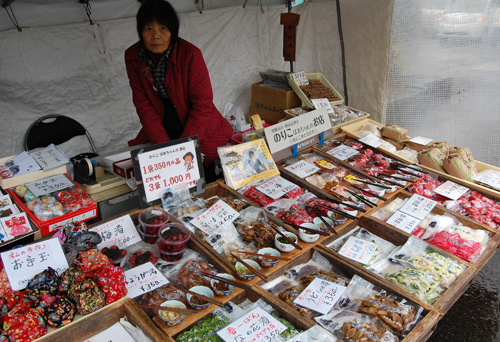
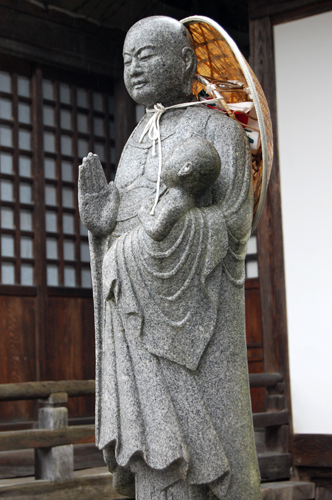
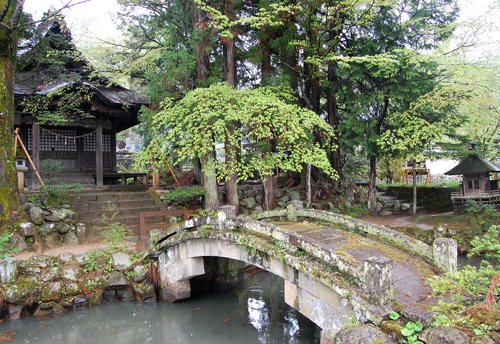
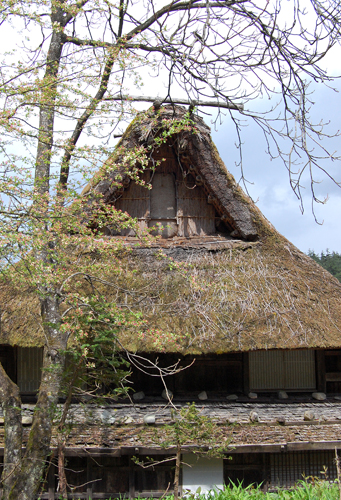
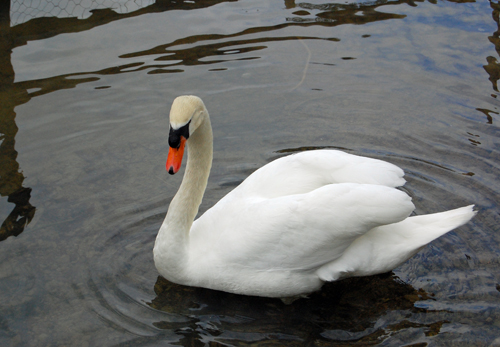

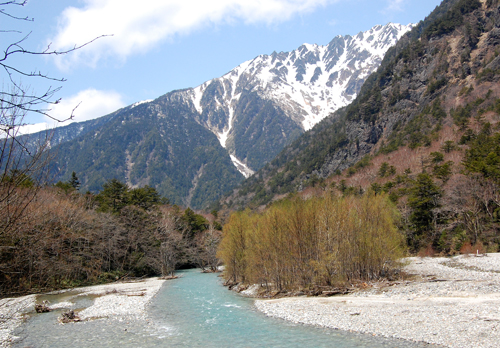
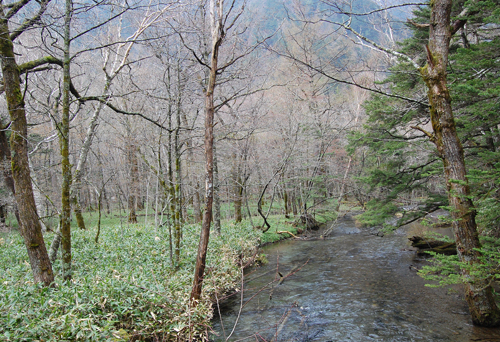
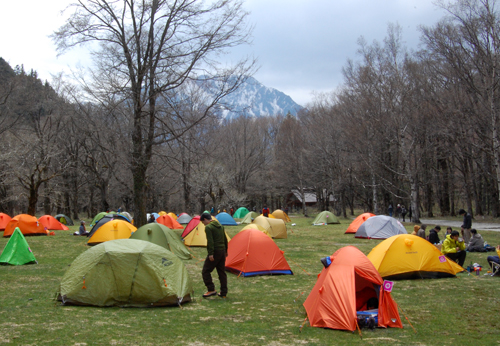
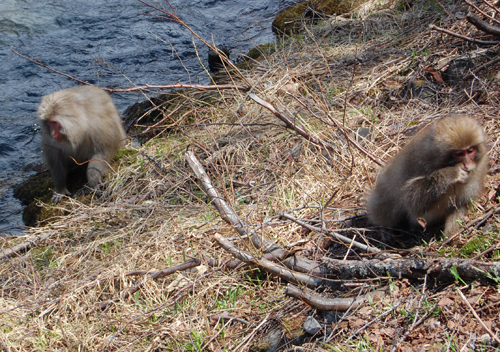

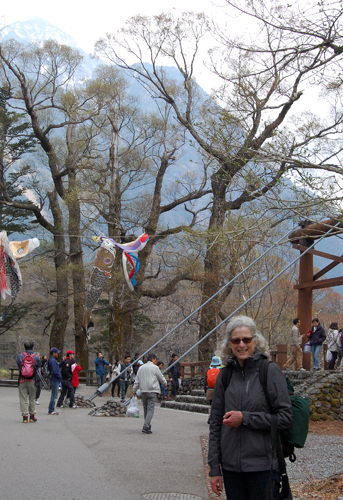

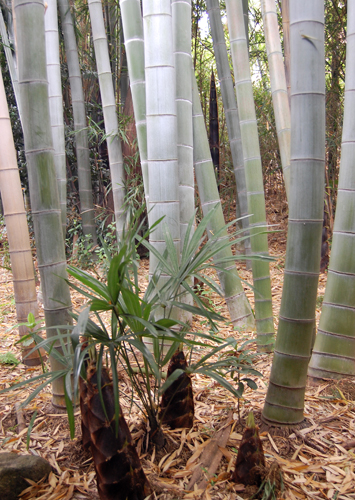

0 Comments:
Post a Comment
<< Home